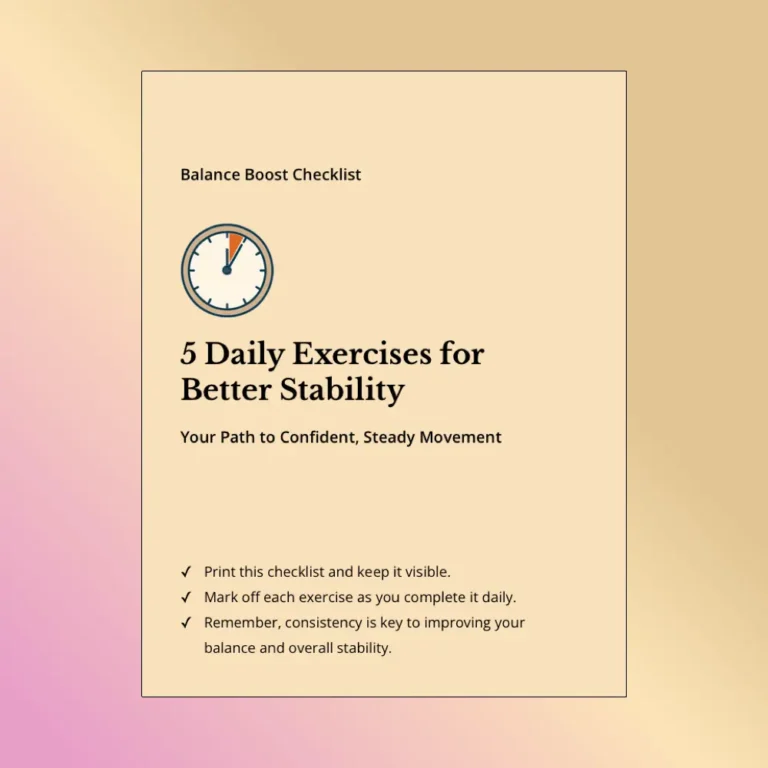
Highlights

Creating a kitchen for aging in place isn’t just about safety; it’s about giving seniors the power to stay independent and keep enjoying cooking. With some simple modifications and accessible features, a standard kitchen can be transformed into a welcoming space for people of all ages, including those using a walker or a wheelchair. By rethinking cabinets and drawers, adjusting the kitchen sink, and ensuring pantry items, pots and pans, and other essential kitchen tools are within easy reach, you can improve accessibility and functionality of your kitchen. These thoughtful changes don’t just make a kitchen easier to use; they create a home design that allows older adults to thrive, socialize, and remain confident in their own space.
Kitchen accessibility is about designing a kitchen that works for people with different physical abilities, especially seniors. As we age in place, our mobility and hand dexterity often decline, making everyday kitchen tasks harder. An accessible kitchen addresses these challenges, making the space safer and more functional while helping seniors maintain their independence in meal preparation.
The advantages of an accessible kitchen go well beyond simple convenience:
The foundation of an accessible kitchen for seniors is its kitchen layout. An open floor plan greatly improves mobility, letting seniors move around without obstacles. Here are some important layout considerations:
Smart storage solutions can completely transform a kitchen’s usability. Consider these helpful options:
The right cooking tools can make kitchen tasks much more manageable. Here are some helpful options:
The right floor can dramatically improve kitchen safety. Consider these slip-resistant flooring for seniors choices:
Good lighting is crucial in any kitchen, but becomes even more important for seniors. Here’s what to think about:
Safety measures should address more than just falls. Here are some important fire safety tips for elderly homeowners:
Take Helen, a 72-year-old who updated her kitchen with pull-down cabinets and non-slip flooring. After these changes, Helen found herself feeling much more confident and independent in her cooking. By rethinking her kitchen space, she not only made it safer but also rediscovered the joy of cooking for her family in a functional kitchen that accommodates a wheelchair when needed.
“I didn’t think I’d ever feel comfortable cooking again until I got those pull-out pantries installed,” says Robert, 68. “Now I can reach everything I need without worrying about hurting my back. It feels so good to be back in the kitchen doing what I love.” Stories like Robert’s show how the right kitchen remodel can truly change someone’s daily life.
What are Pull-Down Cabinet Systems?
Pull-down cabinet systems are specially designed mechanisms that help seniors access items on high shelves. These systems use hinges that allow the shelves to move downward, bringing items within easy reach, which makes the kitchen accessible for seniors and more convenient.
What Adaptive Cooking Tools are Available?
There’s a wide range of adaptive cooking tools made specifically for seniors, including kitchen utensils with ergonomic handles, easy-grip tools, and automatic appliances that make cooking tasks simpler and more accessible.
What are Safe Flooring Options?
Safe kitchen flooring options include non-slip vinyl, cork, and rubber flooring. These materials help prevent slips and falls and are gentler on the joints, making them perfect for seniors who spend time cooking and preparing meals.
How Much Do Kitchen Modifications Typically Cost?
The cost of kitchen modifications varies widely depending on what changes you make. Simple additions like grab bars or new cabinet hardware might cost just $100-300, while more extensive renovations involving new flooring or cabinet systems could range from $1,000-5,000 or more. Many modifications can be done incrementally to spread out the cost.
Are There Programs That Help Seniors Pay for Kitchen Modifications?
Yes, several programs can help offset the cost of kitchen modifications. Some Medicare Advantage plans cover home modifications related to health and safety. Area Agencies on Aging often have home modification assistance programs. Additionally, some states offer Medicaid Home and Community-Based Services waivers that may cover certain modifications. Veterans may qualify for senior home modification financing through various programs.
How Long Does It Take to Complete Kitchen Modifications?
The timeline varies based on the extent of modifications. Simple changes like adding lighting or replacing hardware might take just a day. Installing new flooring or cabinets could take 3-7 days. Full kitchen renovations might require 2-4 weeks. Many modifications can be phased to minimize disruption.
You don’t need to overhaul the entire kitchen at once. Begin with smaller changes that make a big difference:
These modest adjustments can significantly improve kitchen usability while you plan for larger modifications to make your kitchen accessible.
If you’re hiring professionals for kitchen modifications:
A contractor who understands senior needs will suggest practical design choices you might not have considered.
Some modifications are perfect for DIY installation:
Others typically require professional help:
Be realistic about your abilities and when to call in experts, especially for changes that affect safety and maneuverability.
Kitchen accessibility is incredibly important for seniors who want to maintain their independence and age in place successfully. By implementing thoughtful changes—from adaptable storage solutions to safe and accessible flooring options—older adults can create a kitchen that’s not only functional but also inviting and enjoyable to use.
Take some time to look at your own kitchen or that of an older loved one. Think about what features for aging in place might help. Maybe it’s installing pull-down cabinets, adding better lighting, or investing in some ergonomic cooking tools. Even small changes can make a big difference in quality of life.
For more ideas and resources on kitchen modifications, check out guides on accessible kitchen organization from AARP and elder care ideas for kitchen accessibility.
Remember, a well-designed kitchen isn’t just about cooking—it’s about independence. With the right modifications, seniors can continue enjoying cooking, entertaining, and the simple pleasure of preparing their own meals for years to come in the heart of the home.
